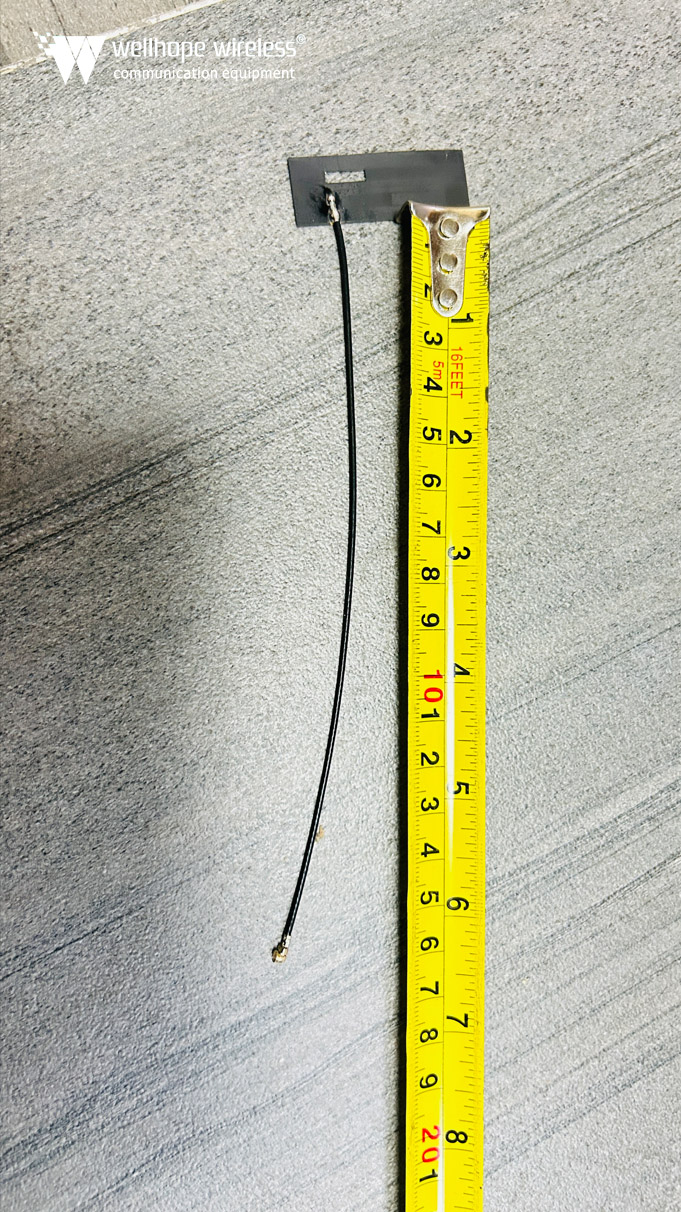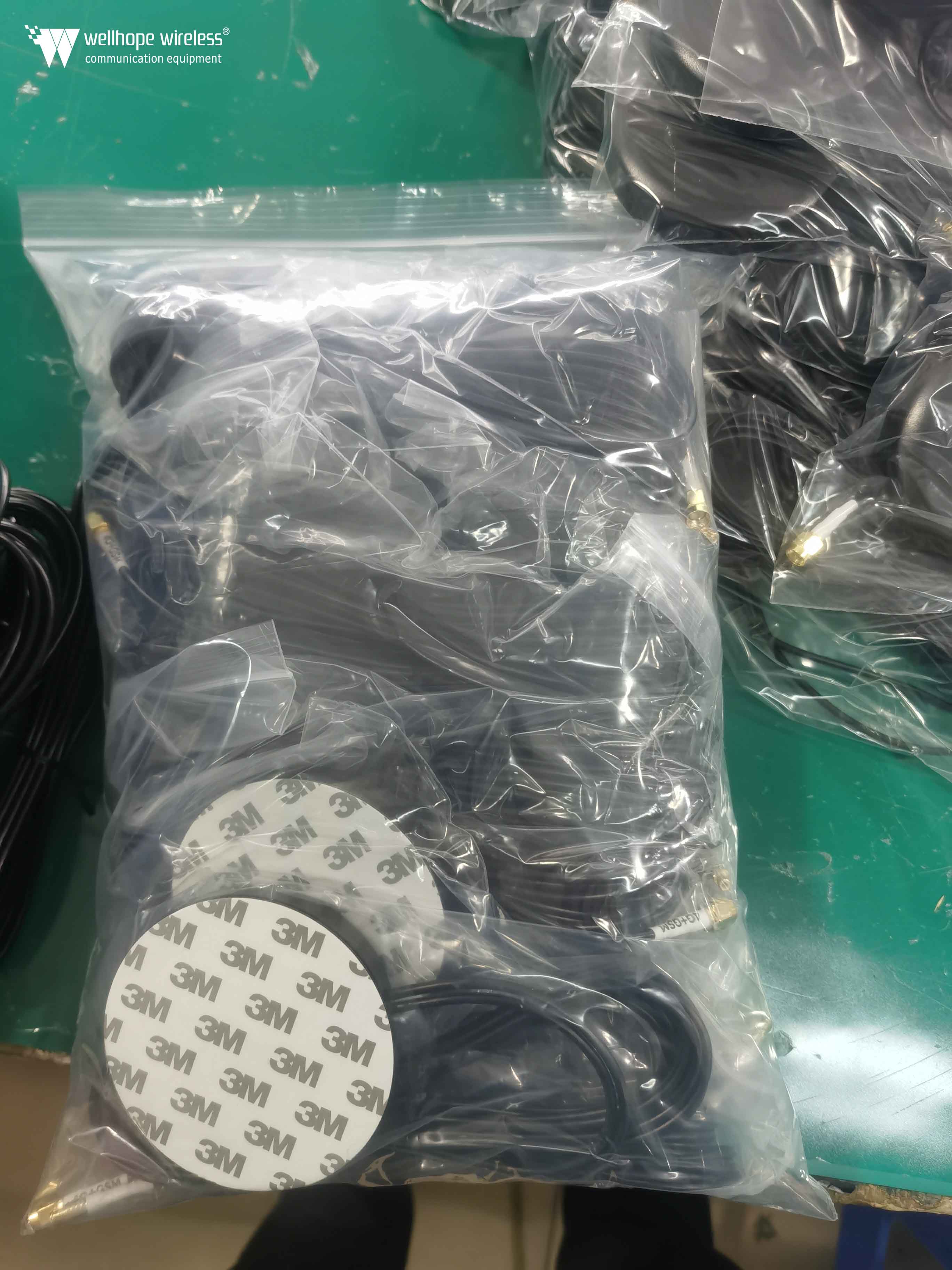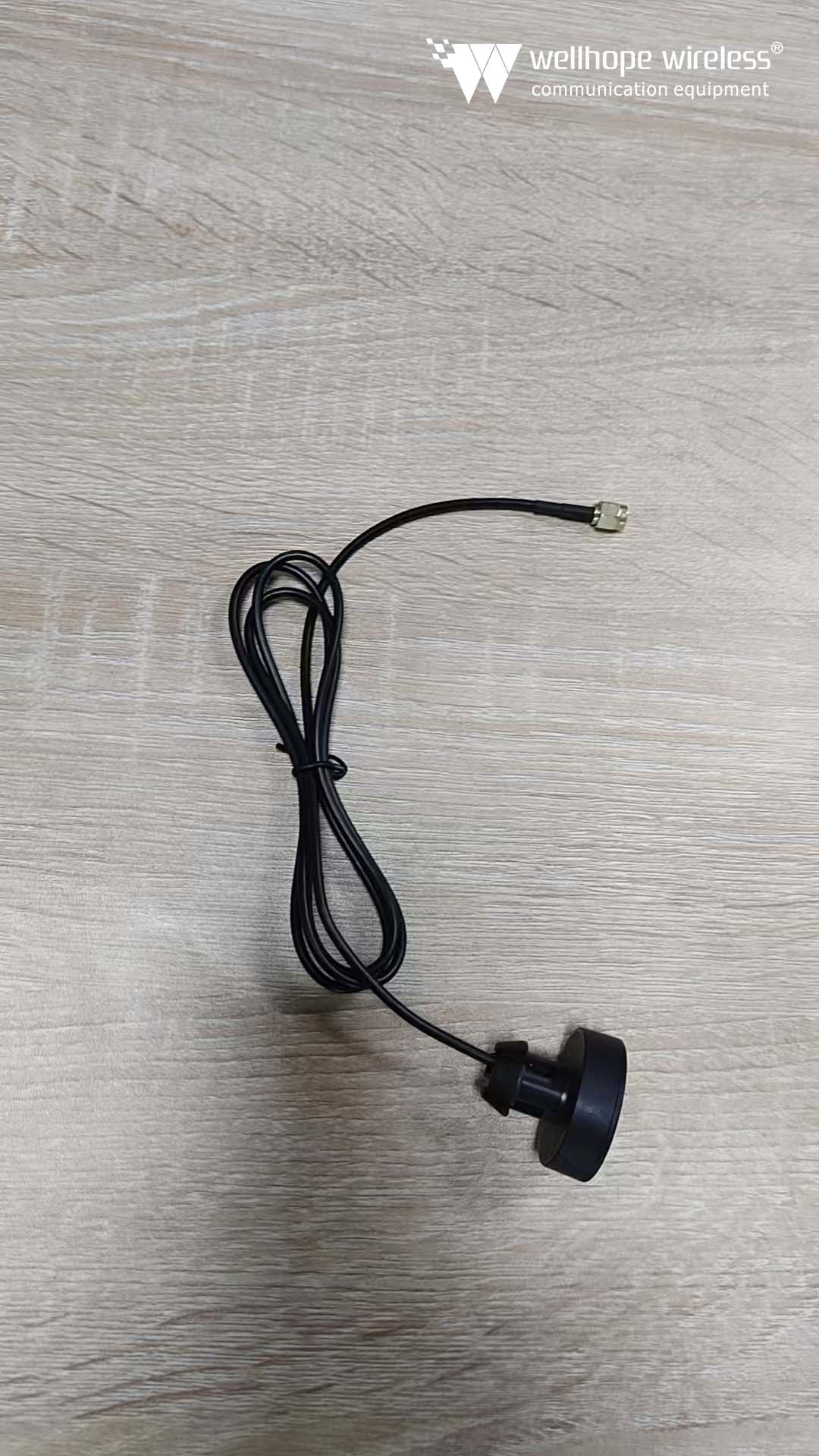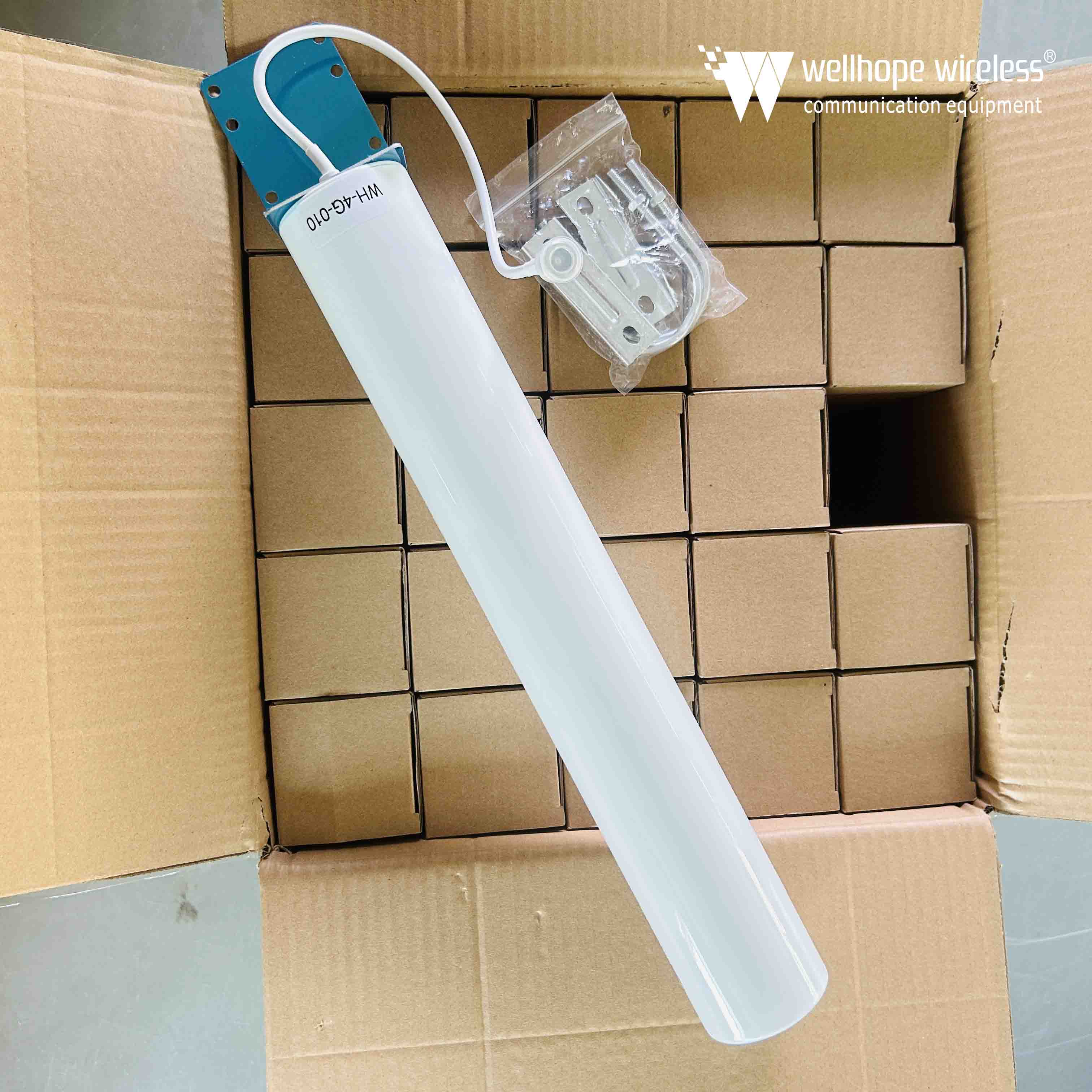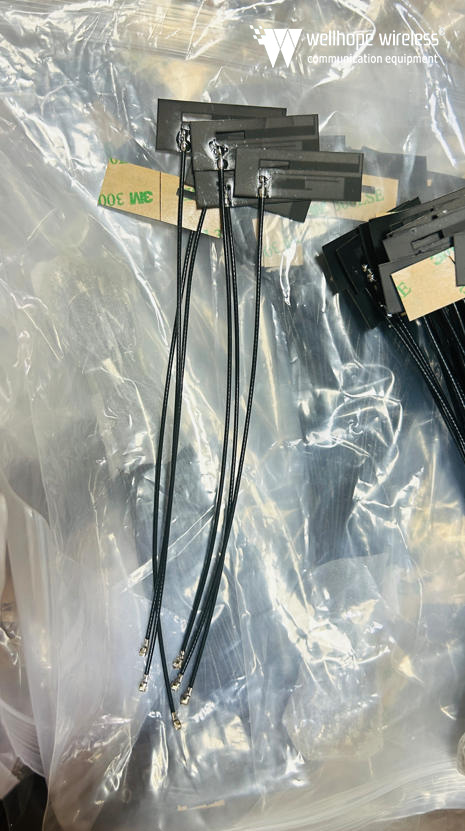What is CBRS in the wireless world?
Citizens Broadband Radio Service is shared
wireless spectrum in the 3.5 GHz band, which could have significant landscape
implications for building dedicated LTE networks as well as expanding public 4G
and 5G services.
First, CBRS is an acronym for Citzens Broadband
Radio Service, and for IT professionals, the result is that it enables
enterprises to every build their own private 4G/5G networks and improve service
providers' 4G/5G offerings. Here's a primer on CBRS - because you'll want to
know this.
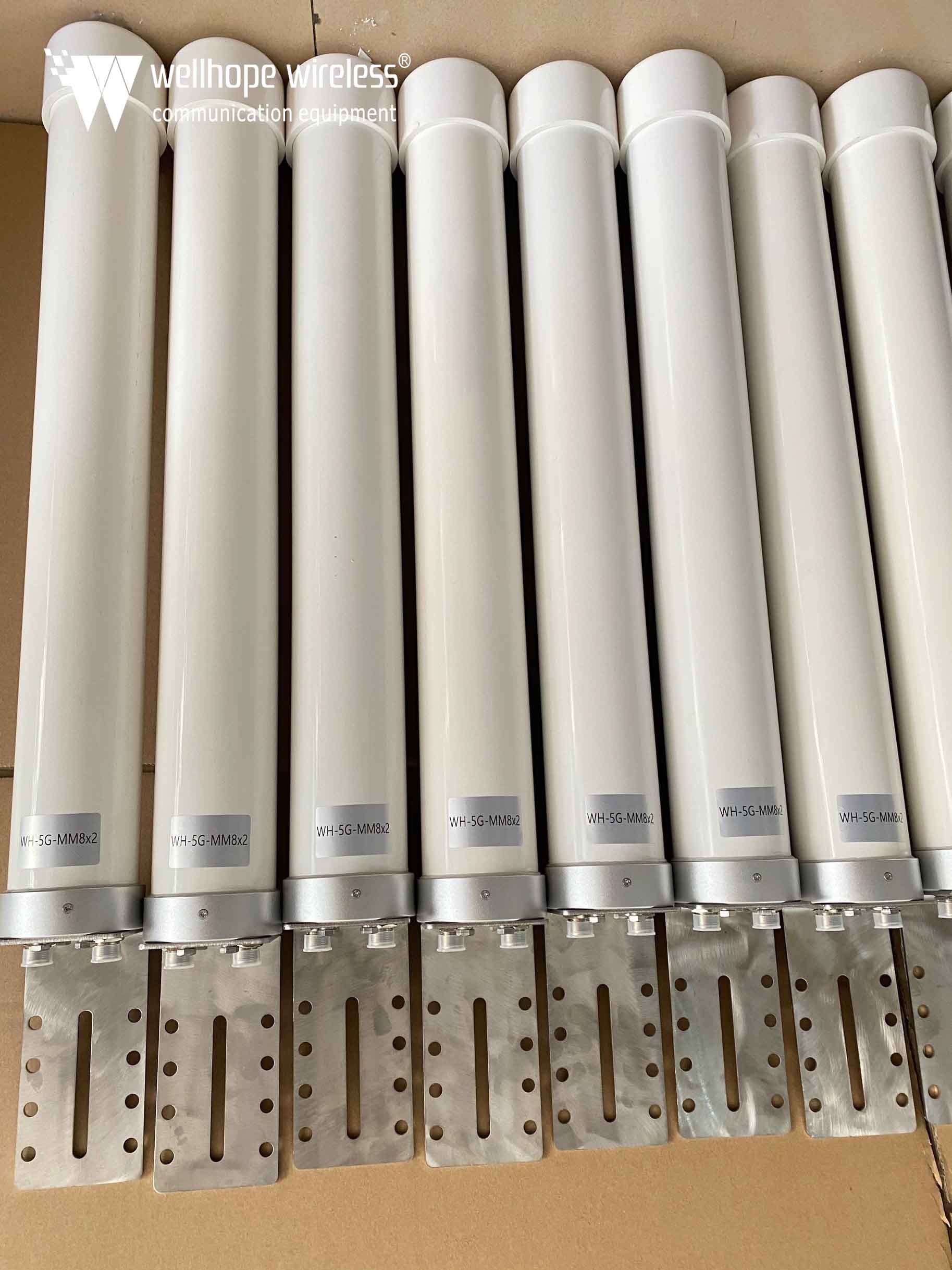
CB, just like in the history of B radio?
Pi, good buddy, this has nothing to do with
the Citizens' Band radio service used by truckers for voice communications,
which is located in the 27MH slow band in the U.S. CBRS is located in the
3.5GHz band.
So what is CBRS?
CBRS is a radio spectrum band from 3.5GHz
to 3.7GHz, which the FCC has designated as shared between three tiers of
users
See Available Months
households, preferred licensees, and
general licenses, which are lightly licensed.
The incumbents are those who have
historically held exclusive rights to the band, namely satellite earth stations
and the U.S. Navy. Last year, priority licenses were auctioned off to allow
licenses or under - specific counties to use the band as long as they do not
interfere with the existing band and tolerate possible interference in the
existing band. (Internet service providers such as Verizon and Comcast
(Comcast) spent most of the money paid in the auction.) In general, authorized
access allows users to use the bands as long as they do not interfere with the
other two categories of users.
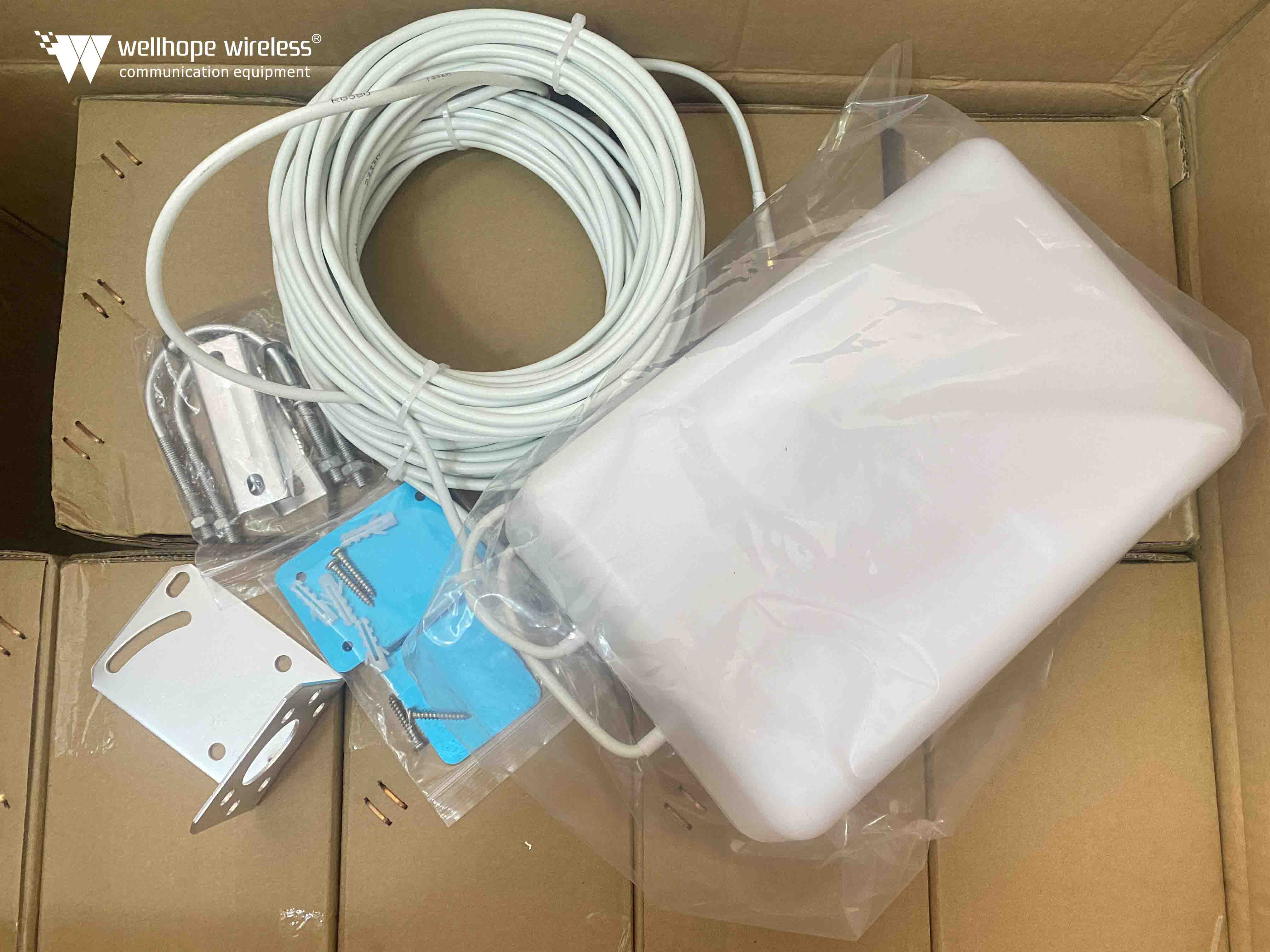
Who will prevent interference?
Sensor networks - environmental sensing
capabilities (ESC) - detect CBRS use. Devices that want to use the CBRS bands
first request a cloud-based spectrum access system (SAS) to reserve unused
channels in a specific geographic area. If the channel is free, the SAS can
grant the request. When a device that has been granted access to a channel has
finished using it, the channel is put back into the pool from which the SAS can
draw to grant further requests.
How did the 3.5
GHz band become available?
The release of the 3550-3700 MHz band stems
from the FCC's release of the 2010 National Broadband Plan, which was intended
to provide an additional 50MHz of spectrum for new mobile uses. the FCC
targeted the 3.5 GHz band (referred to as the ""innovation
band"") in rules released in April 2015 and reaffirmed those rules
about a year later. rules. However, some details on implementation remain up in
the air as operators disagree among themselves on some technical details - some
smaller operators want the opportunity to expand their 5G coverage without
purchasing fully licensed spectrum and therefore advocate allowing higher power
access to points within CBRS, while larger The FCC has expressed interest in
hearing full comments from both sides.
Who will use this spectrum?
Operators look to use it to expand the
coverage and capacity of their 4GLTE and 5G networks. After all, they are
facing an ongoing spectrum crunch. But wireline operators looking to enter the
wireless space also want to get in on the action, as do various managed service
providers, including entities such as building management companies that need
to communicate wirelessly with equipment in the field. What's more, companies
can use the spectrum to build their own 4G and 5G networks, through which they
can connect IoT devices, including factory robots. These services are available
both indoors and outdoors.
Which applications will use CBRS?
Service providers are expected to use CBRS
to replace last-mile fiber access to customer sites, provide fixed wireless
services, and even point-to-multipoint connections. Enterprises and hosted
service providers can use it for IoT connectivity or even for Wi-Fi replacement
or supplemental services. LTE services can reach up to 1 Gbps indoors and may
reach 5 to 10 times faster when used outdoors with line-of-sight access. 5G may
be 10 times faster than LTE.
How expensive is it?
CBRS proponents say the technology is much
more economical than distributed antenna systems, and they believe the speed
and consistency of service will be much better than bang-bang. CBRS proponents
also say that the availability of cheaper spectrum will support imaginative new
services. Microsoft Azure has marketed it as a connection to the cloud.


















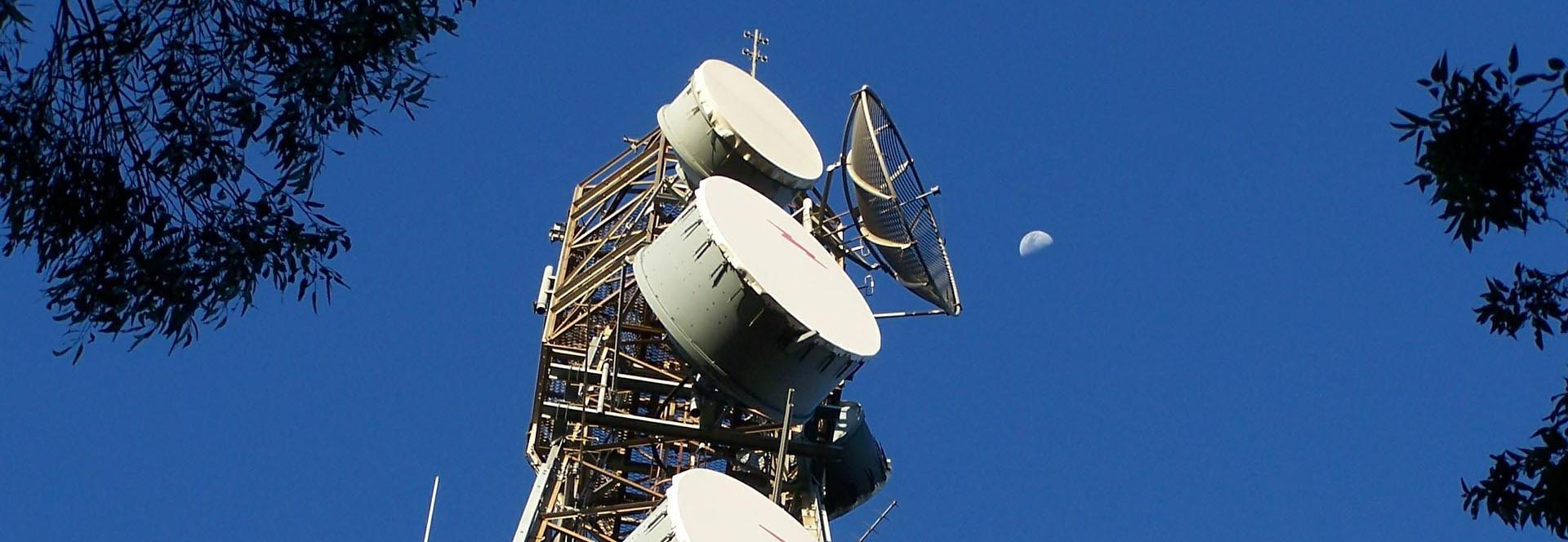 News
News
